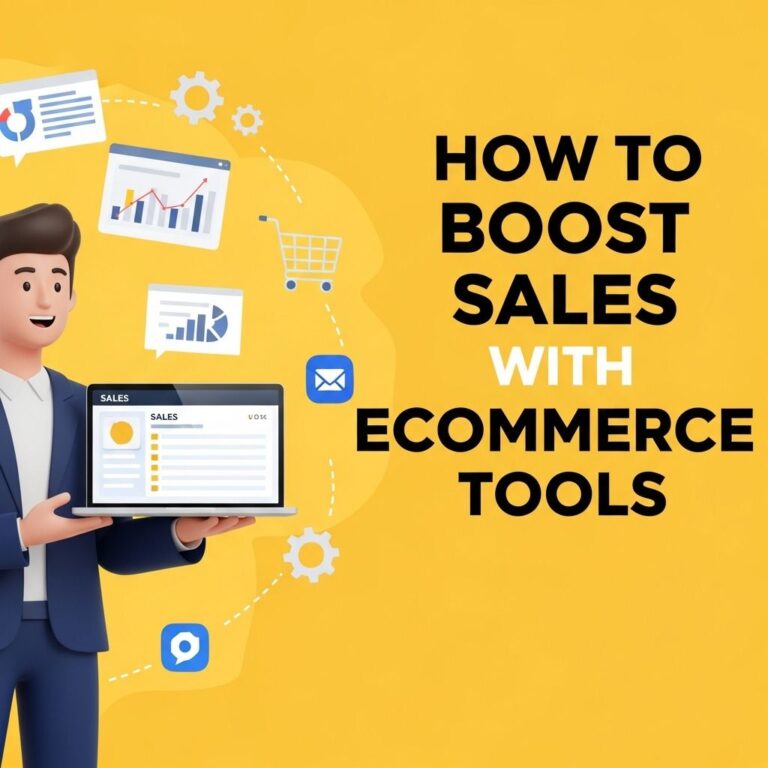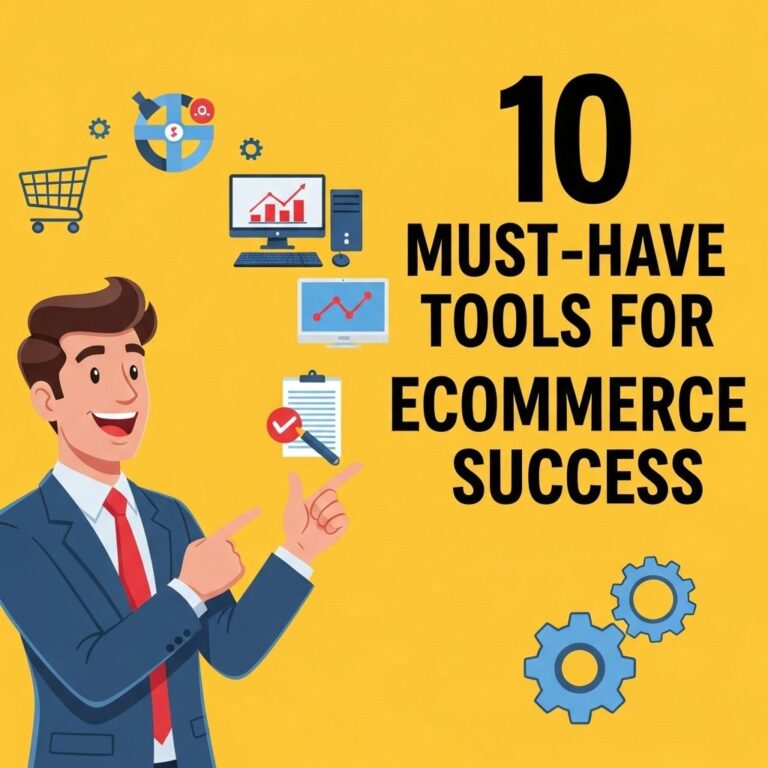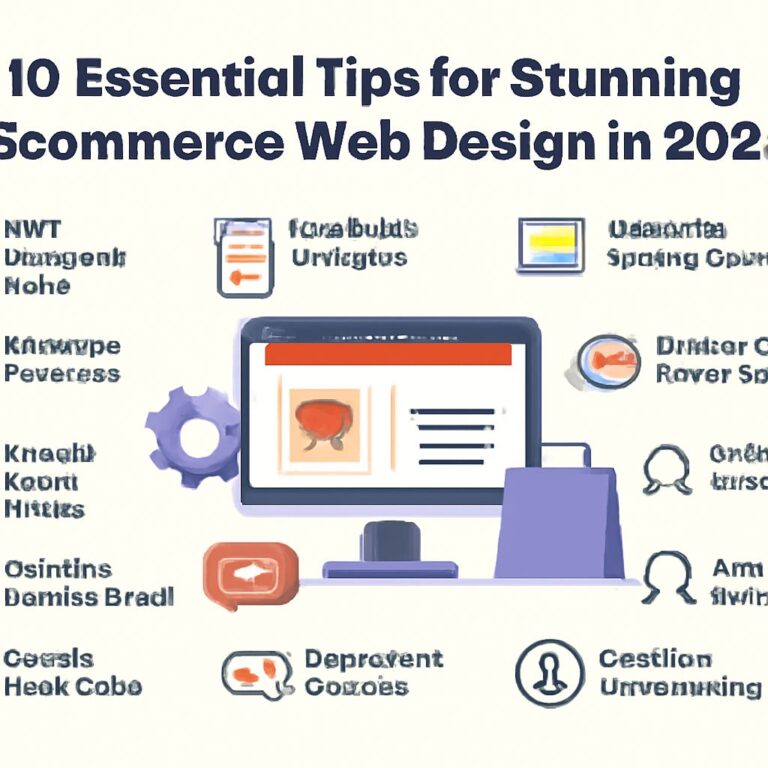In today’s digital landscape, eCommerce has transformed the way consumers shop and businesses operate. With the relentless growth of online shopping, brands must implement effective strategies to thrive in this competitive space. Whether you’re a budding entrepreneur or a seasoned business owner, understanding powerful strategies for eCommerce success can elevate your brand’s presence and profitability. Let’s delve into ten essential strategies that can help you navigate the complexities of the online marketplace.
Table of Contents
1. Optimize Your Website for User Experience
The first step to eCommerce success is ensuring your website delivers an exceptional user experience. A well-structured, intuitive, and aesthetically pleasing site encourages visitors to stay longer and explore your offerings. Here are some key elements to consider:
- **Responsive Design**: Ensure your site is mobile-friendly.
- **Fast Loading Speed**: Optimize images and scripts to enhance loading times.
- **Clear Navigation**: Implement a straightforward menu structure for easy browsing.
- **Accessible Information**: Make product details, shipping policies, and customer service easily accessible.
2. Leverage Data Analytics
Data analytics is a potent tool that can drive informed decisions in your eCommerce strategy. Analyzing customer behavior, website traffic, and sales trends helps you understand what works and what doesn’t.
Key Metrics to Track:
- **Conversion Rate**: The percentage of visitors who make a purchase.
- **Average Order Value (AOV)**: The average amount spent per transaction.
- **Customer Acquisition Cost (CAC)**: The cost incurred to acquire a new customer.
- **Cart Abandonment Rate**: The percentage of shoppers who leave items in the cart without completing a purchase.
3. Create High-Quality Content
Content marketing plays a vital role in engaging customers and driving traffic to your site. Producing valuable content can position your brand as an authority in your niche.
Types of Content to Consider:
| Content Type | Description |
|---|---|
| Blog Posts | Informative articles that address customer pain points. |
| Video Tutorials | Visual guides that showcase your products in action. |
| Infographics | Engaging visuals that simplify complex information. |
| Product Descriptions | Detailed and enticing descriptions highlighting benefits and features. |
4. Implement SEO Best Practices
Search Engine Optimization (SEO) is crucial for driving organic traffic to your eCommerce site. Implementing effective SEO practices will ensure your products rank higher on search engine results pages (SERPs).
Essential SEO Techniques:
- **Keyword Research**: Identify keywords relevant to your products.
- **On-Page SEO**: Optimize titles, headings, and meta descriptions.
- **Quality Backlinks**: Strategically build backlinks from reputable sites.
- **Local SEO**: Optimize for local searches if you have a physical store.
5. Utilize Social Media Marketing
Social media platforms are powerful channels for reaching potential customers and building brand loyalty. By creating engaging profiles and actively posting content, you can foster a community around your brand.
Effective Social Media Strategies:
- **Consistent Branding**: Maintain a consistent voice and visual identity across platforms.
- **User-Generated Content**: Encourage customers to share their experiences with your products.
- **Social Advertising**: Invest in targeted ads to reach specific demographics.
- **Engagement**: Respond promptly to comments and messages to enhance customer relations.
6. Enhance Customer Service
Exceptional customer service can set your brand apart in the crowded eCommerce space. Providing timely and helpful customer support leads to increased customer satisfaction and loyalty.
Customer Service Channels to Explore:
- **Live Chat**: Offer real-time assistance to prospects and customers.
- **Email Support**: Provide a dedicated email for customer inquiries.
- **Social Media**: Utilize social channels for customer support.
- **FAQs and Resources**: Create a comprehensive FAQ section on your site.
7. Adopt Multi-Channel Selling
Expanding your presence across multiple platforms can significantly enhance your reach. By selling on various channels, you can connect with diverse audiences and increase sales opportunities.
Popular ECommerce Channels:
- **Online Marketplaces**: Amazon, eBay, and Etsy.
- **Social Commerce**: Facebook Shops, Instagram Shopping.
- **Your Own Website**: Utilize your eCommerce platform as a primary sales channel.
8. Implement Email Marketing Campaigns
Email marketing remains one of the most effective strategies for driving sales and nurturing customer relationships. Building a robust email list allows you to engage customers directly.
Best Practices for Email Marketing:
- **Segment Your Audience**: Personalize content based on customer preferences and behaviors.
- **Automate Campaigns**: Use automation tools to schedule and send timely emails.
- **Value-Driven Content**: Provide valuable information and exclusive offers to your subscribers.
9. Focus on Retargeting Strategies
Retargeting is a powerful way to re-engage visitors who have previously interacted with your site. By reminding them of their interests, you can increase the chances of conversion.
Effective Retargeting Techniques:
- **Dynamic Ads**: Show personalized ads featuring products they viewed.
- **Email Reminders**: Send follow-up emails to cart abandoners.
- **Social Media Retargeting**: Utilize platforms like Facebook and Google to retarget site visitors.
10. Foster Customer Loyalty Programs
Building customer loyalty is essential for long-term success in eCommerce. A well-structured loyalty program encourages repeat purchases and enhances customer engagement.
Components of a Successful Loyalty Program:
- **Reward Points System**: Allow customers to earn points for purchases.
- **Exclusive Offers**: Provide special discounts and promotions for loyal members.
- **Referral Bonuses**: Encourage existing customers to refer new clients.
In conclusion, the journey to eCommerce success involves a multifaceted approach that combines technology, marketing strategies, and customer engagement. By optimizing your web presence, leveraging data, and fostering a loyal customer base, you can create a thriving online business that stands out in the competitive eCommerce market.
FAQ
What are the top strategies for eCommerce success?
Some of the top strategies include optimizing your website for user experience, utilizing SEO techniques, leveraging social media marketing, offering excellent customer service, and utilizing email marketing campaigns.
How can SEO impact my eCommerce business?
SEO can significantly improve your website’s visibility on search engines, driving organic traffic to your site, which can lead to higher sales and better customer engagement.
Why is customer service important in eCommerce?
Excellent customer service can lead to higher customer retention rates, positive reviews, and word-of-mouth marketing, all of which are essential for eCommerce success.
What role does social media play in eCommerce?
Social media platforms can help you reach a broader audience, engage with customers, and promote your products effectively, making it a crucial part of any eCommerce strategy.
How can email marketing boost my eCommerce sales?
Email marketing allows you to communicate directly with your customers, promote new products, share special offers, and keep them informed, which can encourage repeat purchases.
What are some effective ways to improve website user experience?
Improving website user experience can involve optimizing page load times, simplifying navigation, ensuring mobile responsiveness, and providing clear product information.








